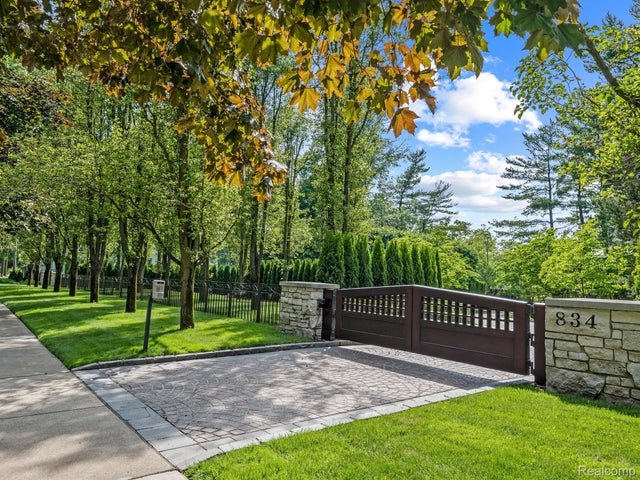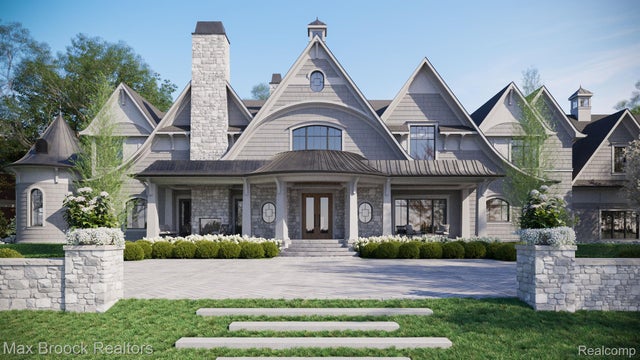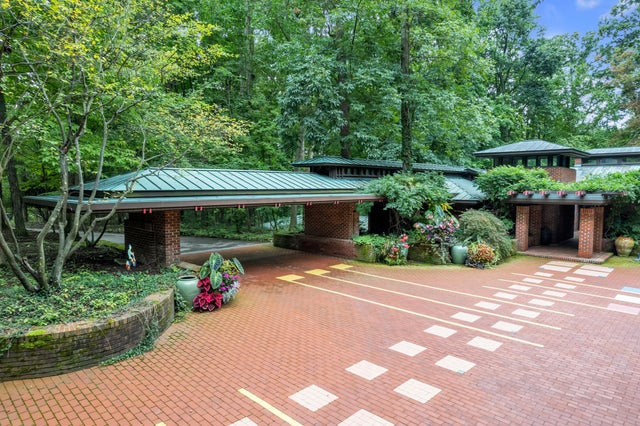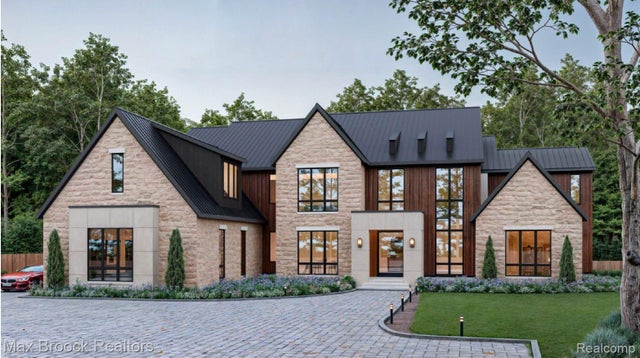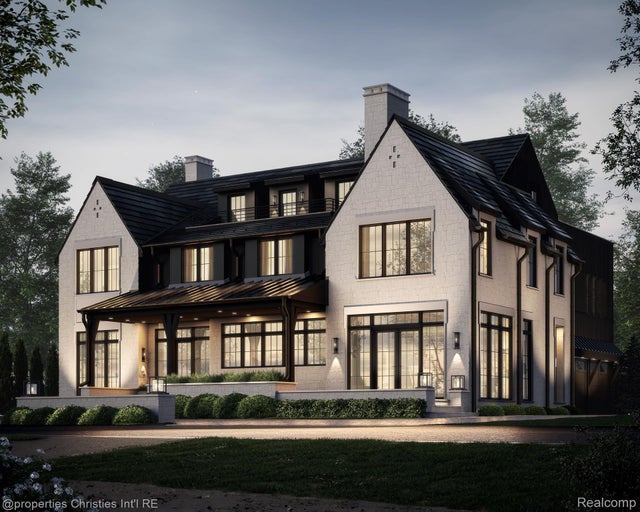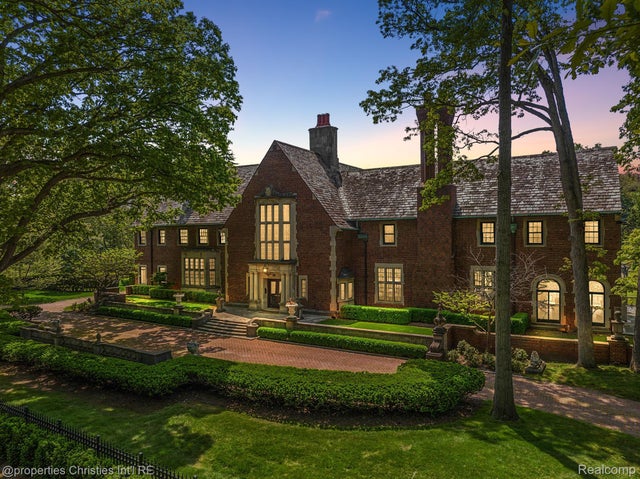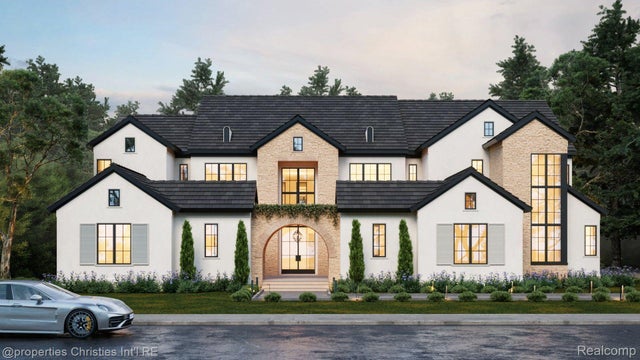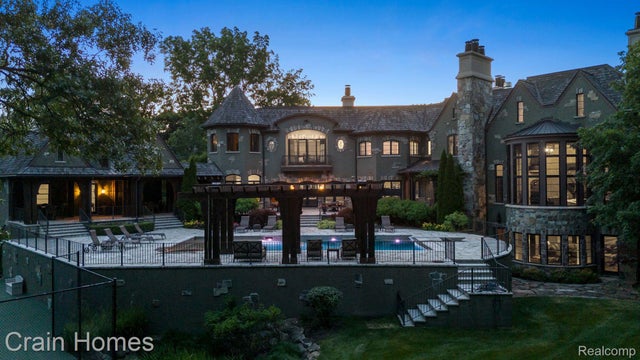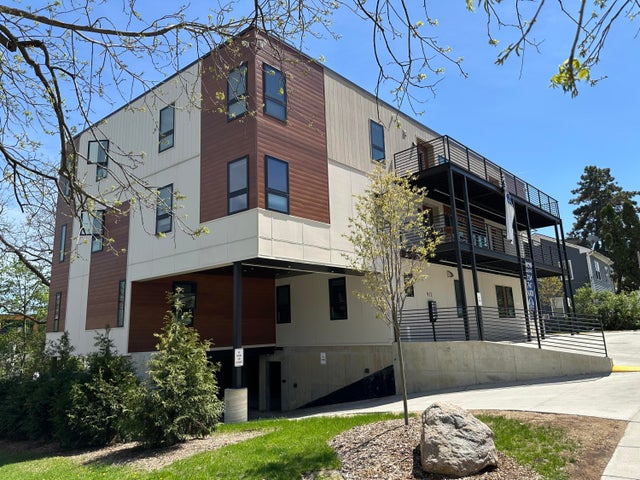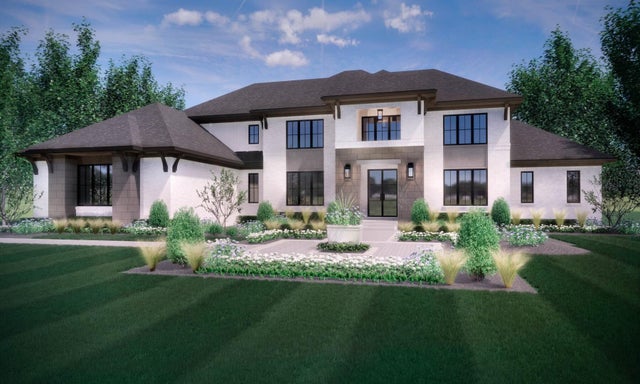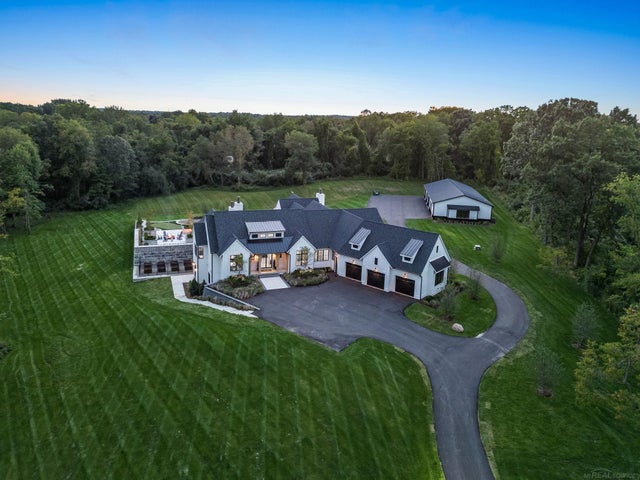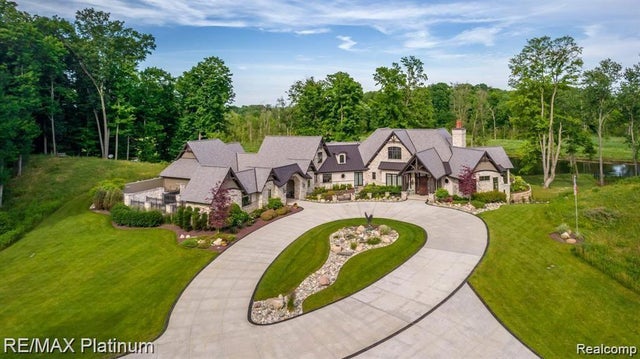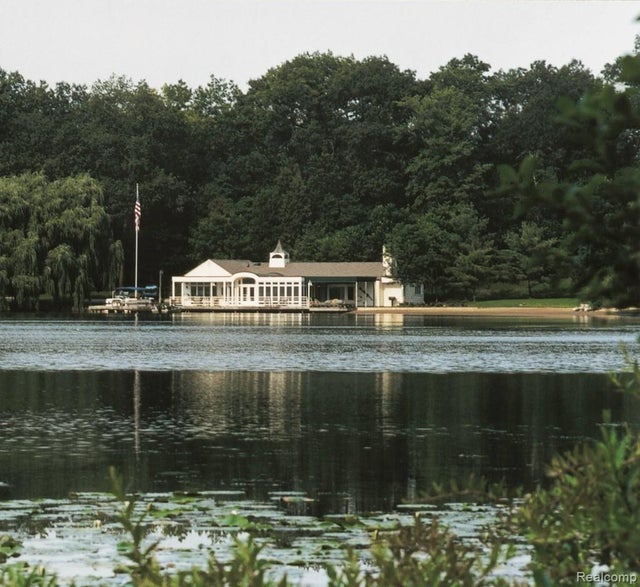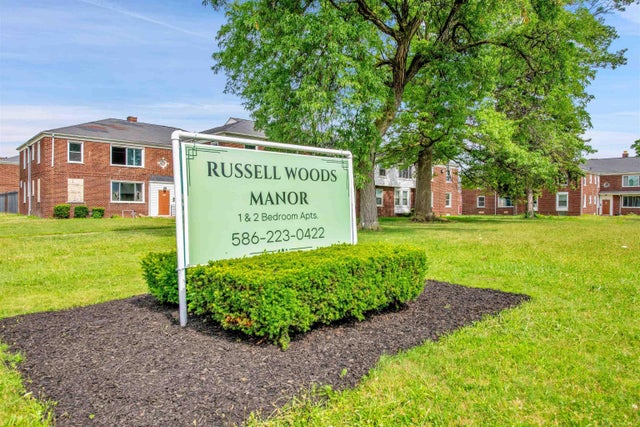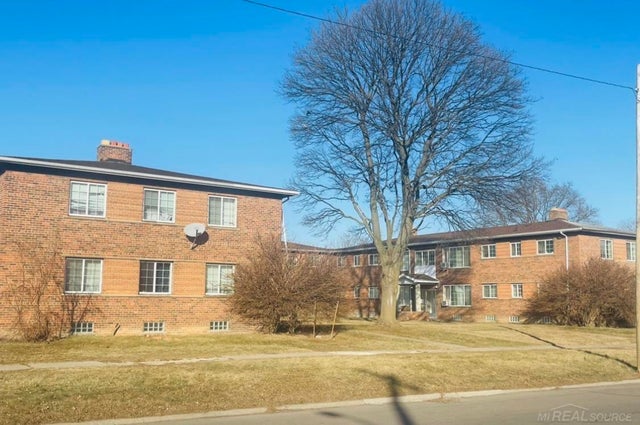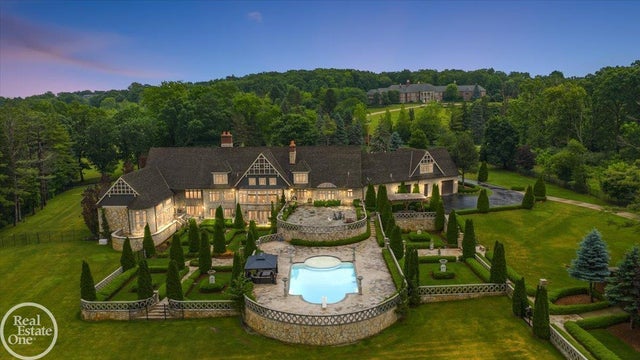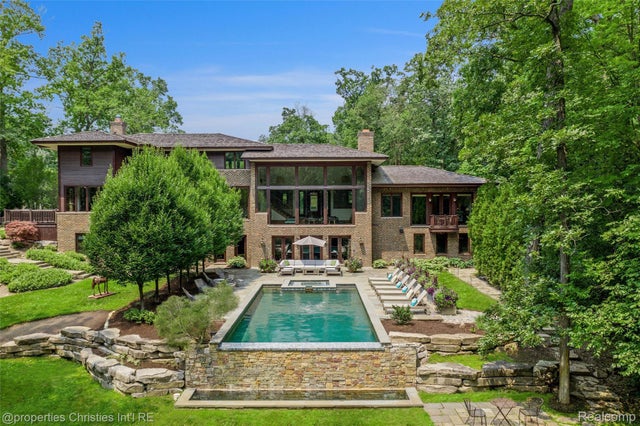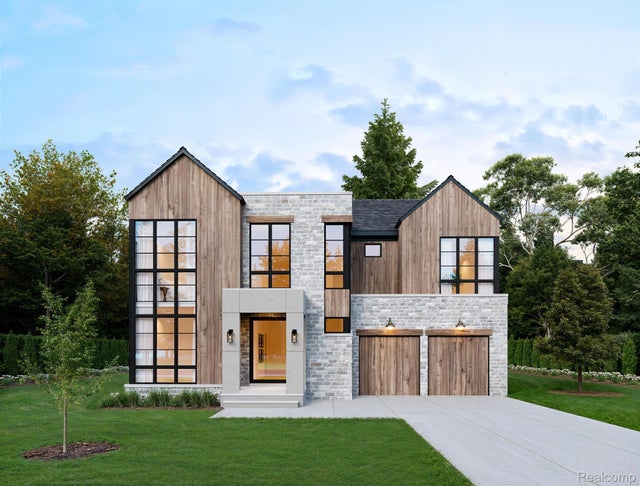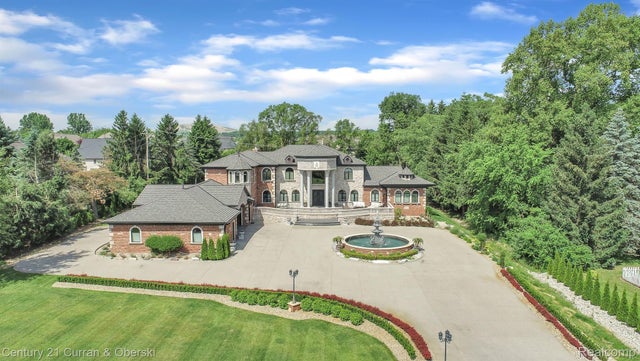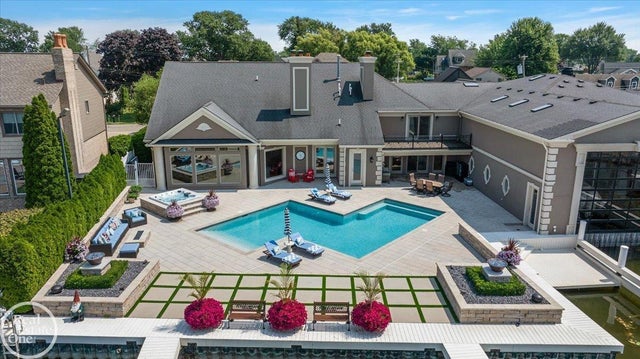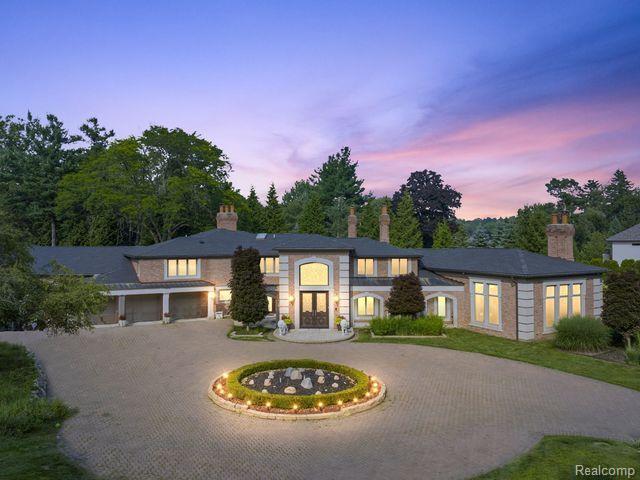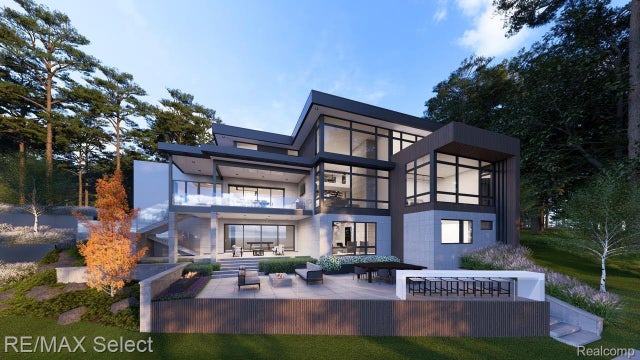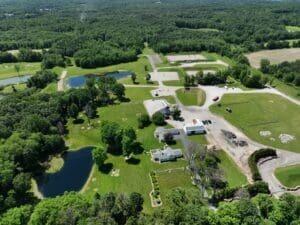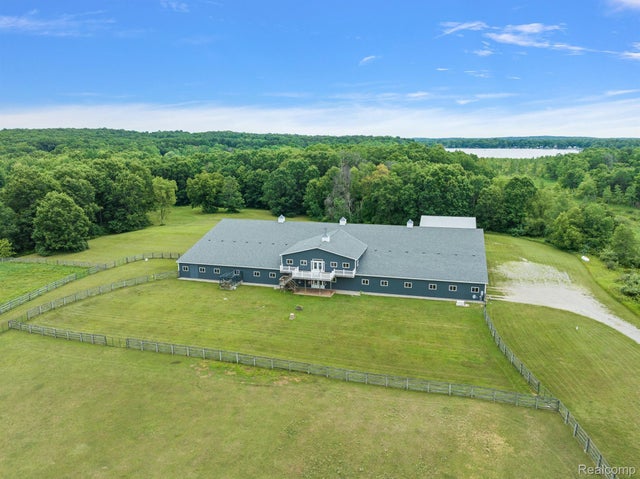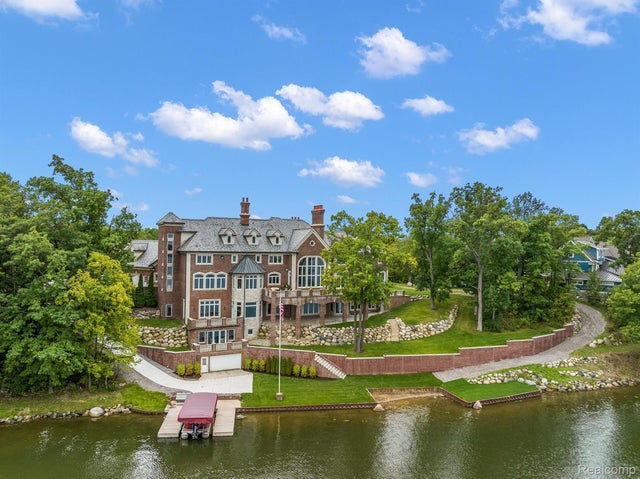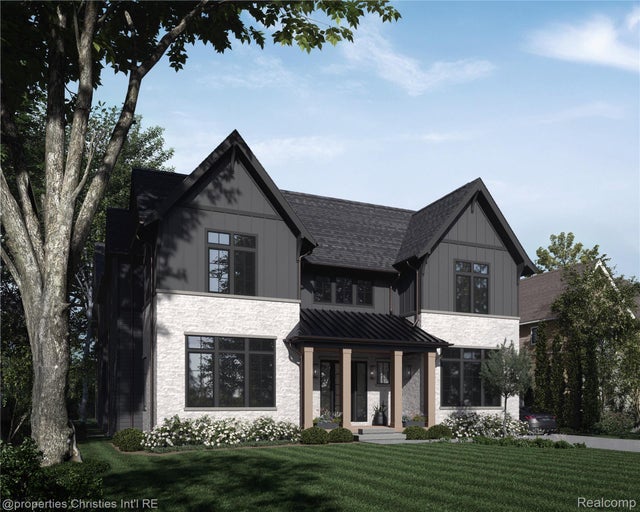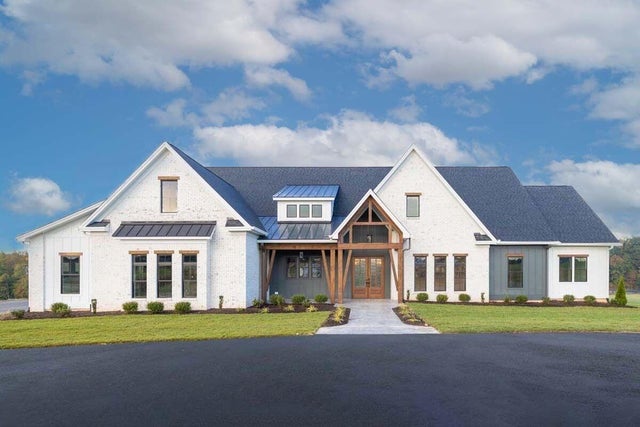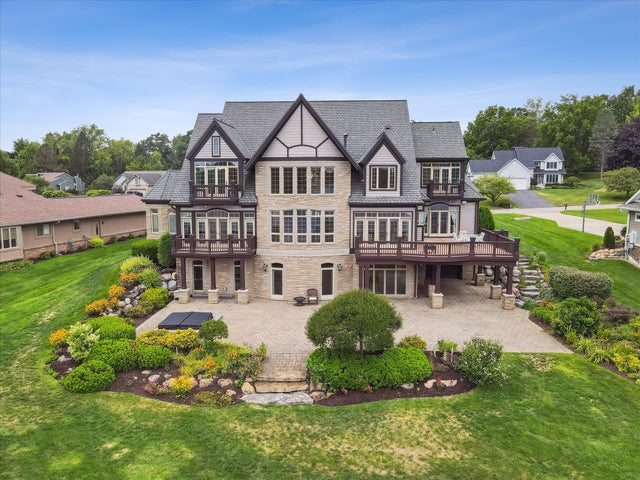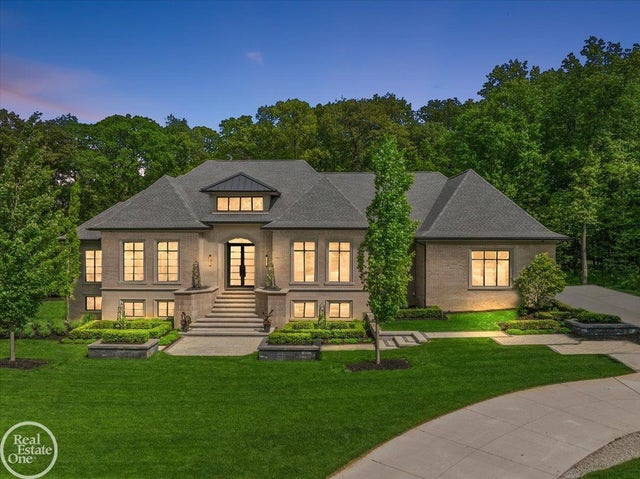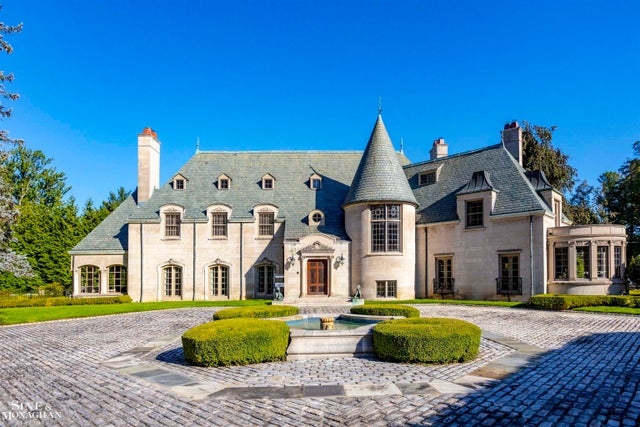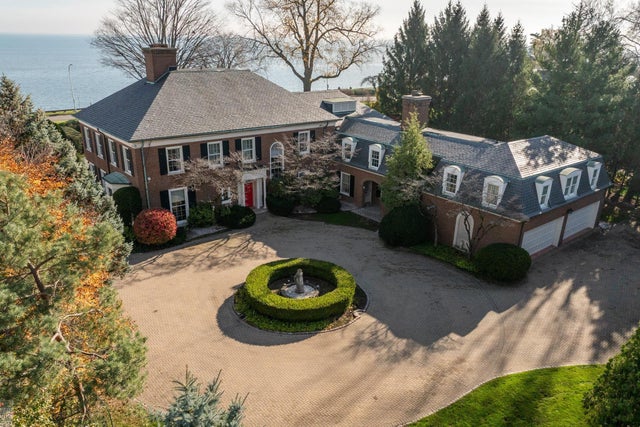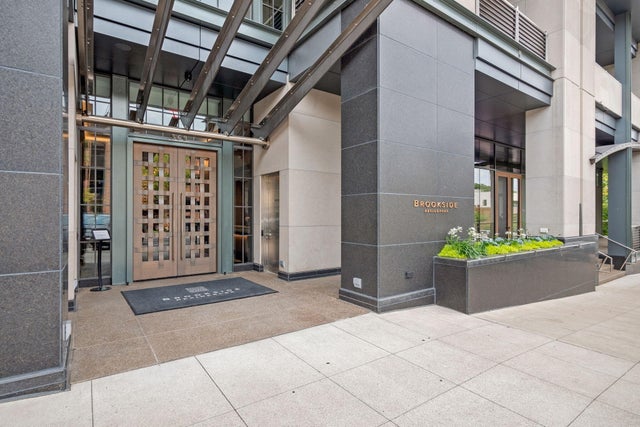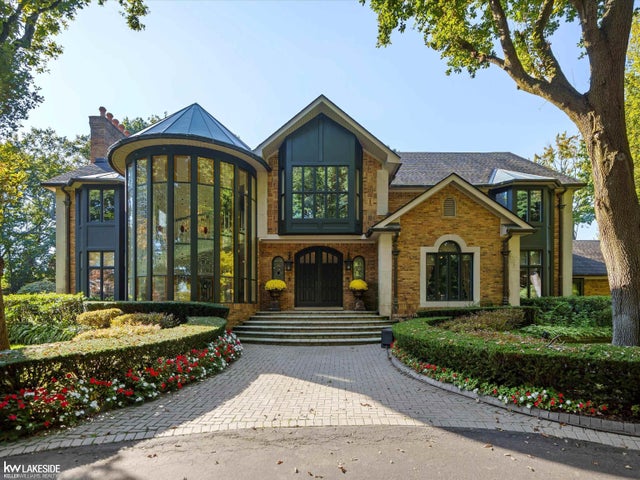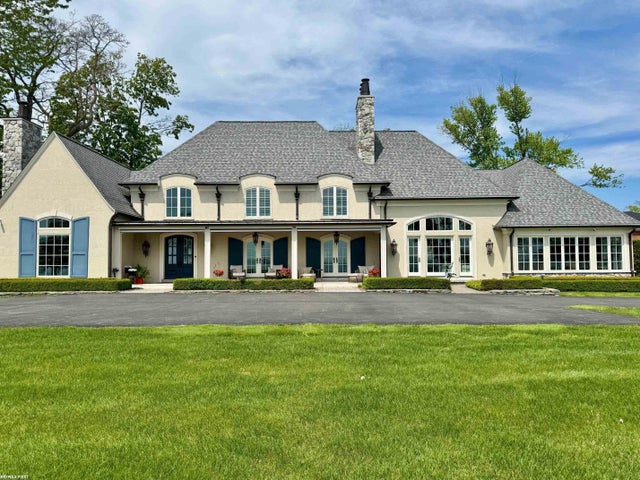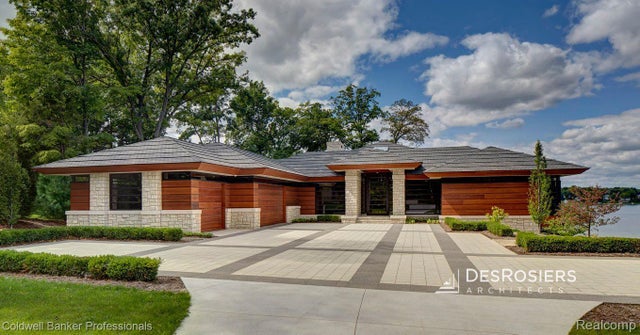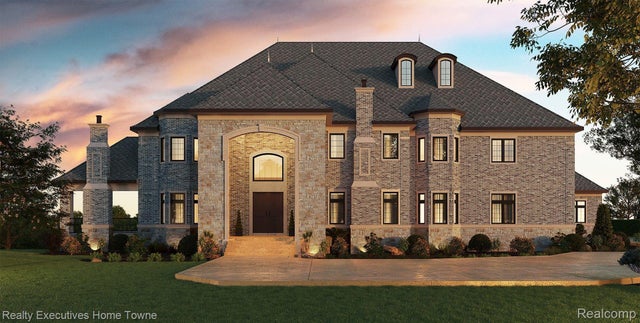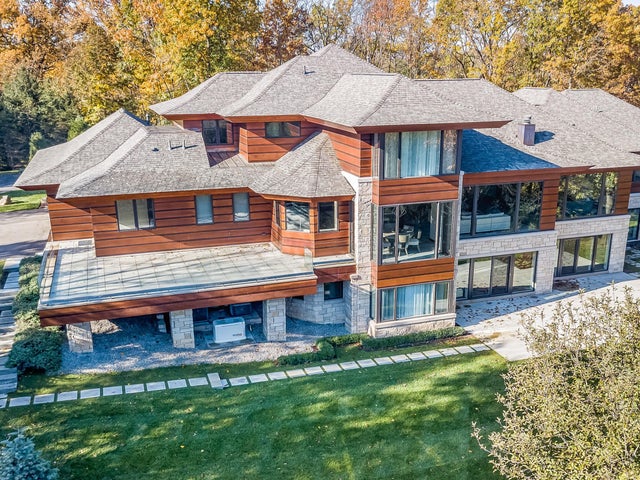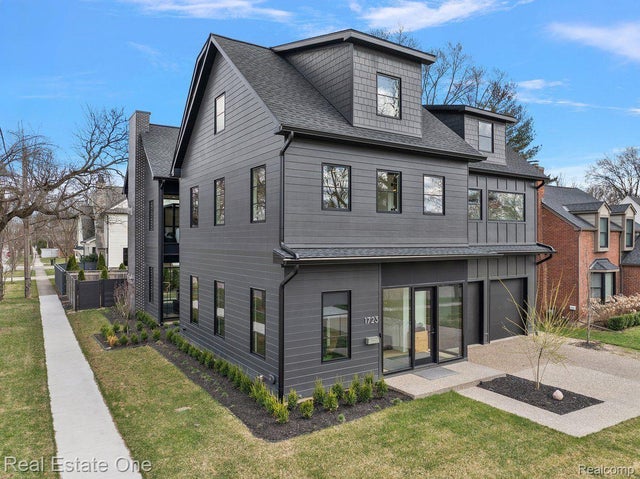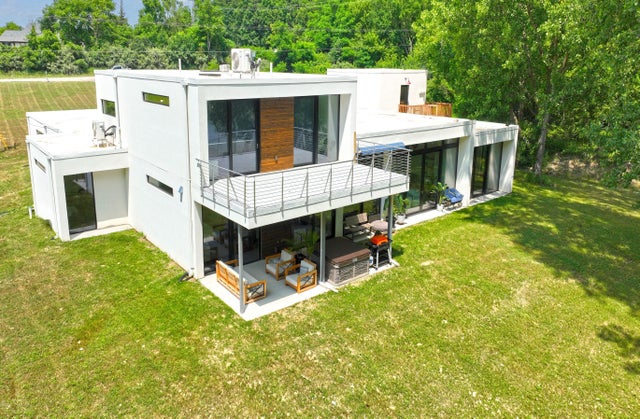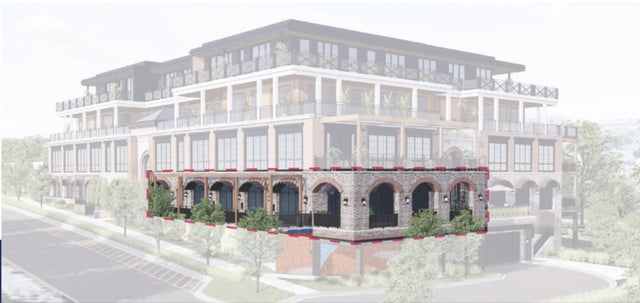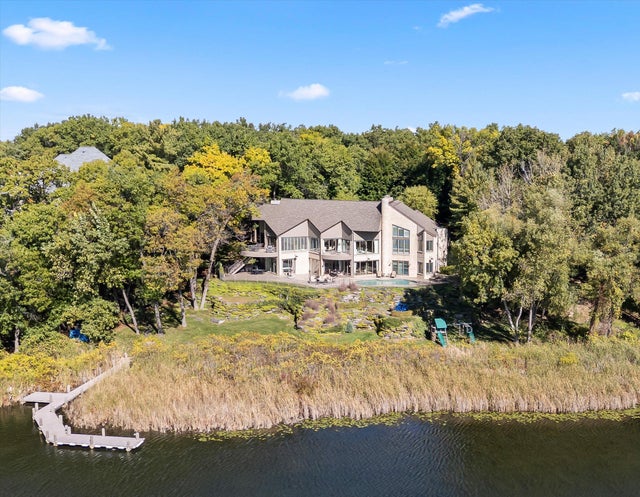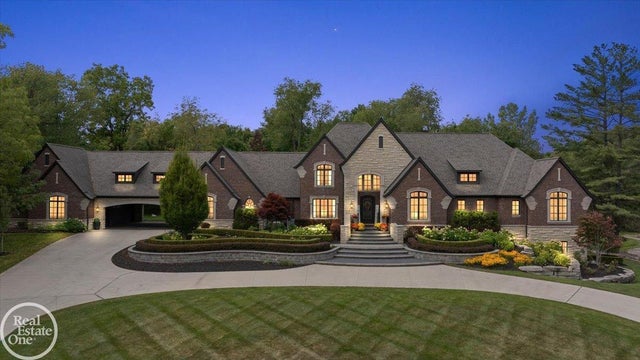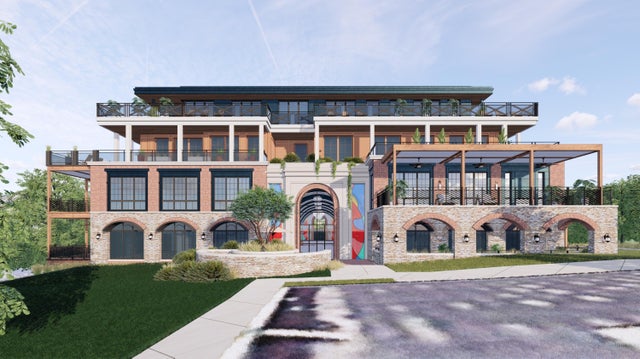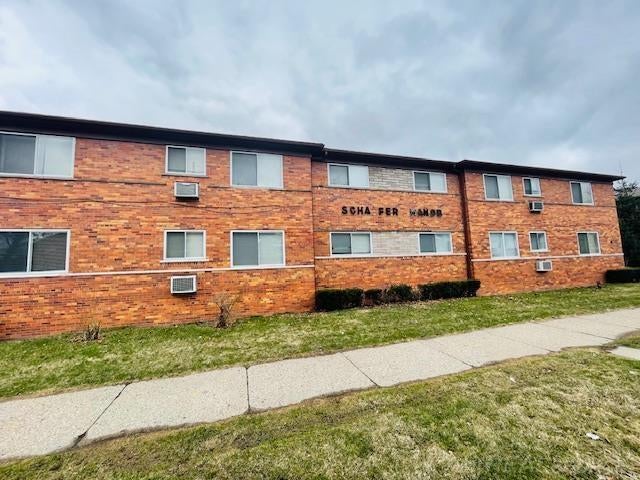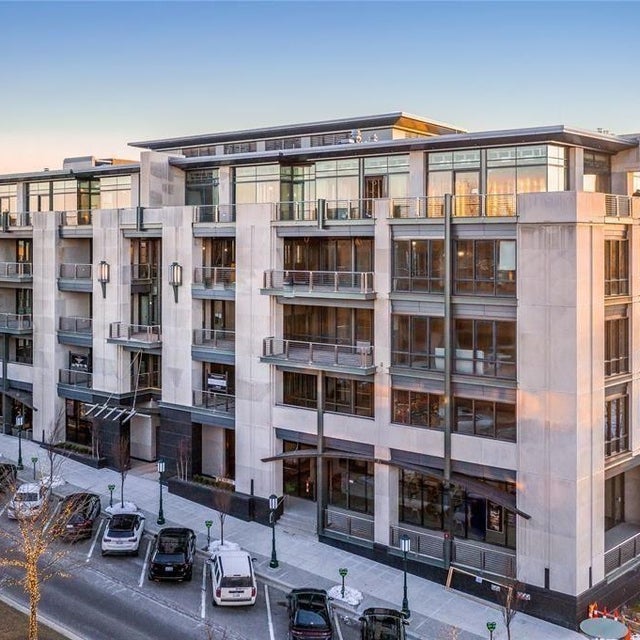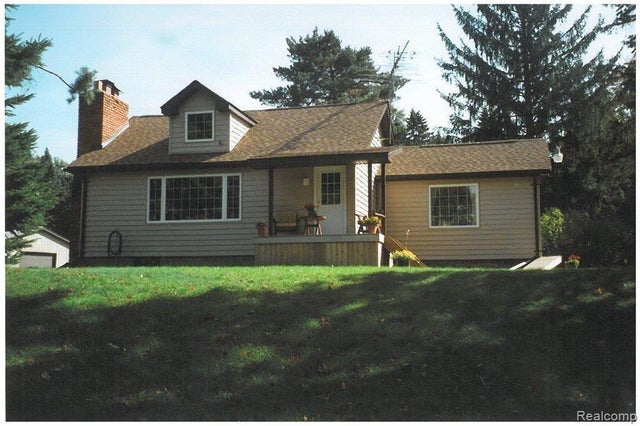Tucked between Conner Street and Warren Avenue on Detroit’s east side, the Parkside Homes development is more than a neighborhood—it’s a monument to a pivotal era in American housing history. Built during the throes of the Great Depression, Parkside was among the first federally funded public housing projects in the United States and the first of its kind in Michigan. Conceived in the 1930s as part of Franklin D. Roosevelt’s New Deal, it stood as a response to Detroit’s spiraling housing crisis fueled by industrial expansion and mass migration.
With red-brick townhome structures spanning 52 acres near Chandler Park, the original Parkside development offered modest but vital refuge for working-class families. It also served as a test case for how federal housing policy could address urban poverty. Over the decades, however, time eroded both its structures and its promise.
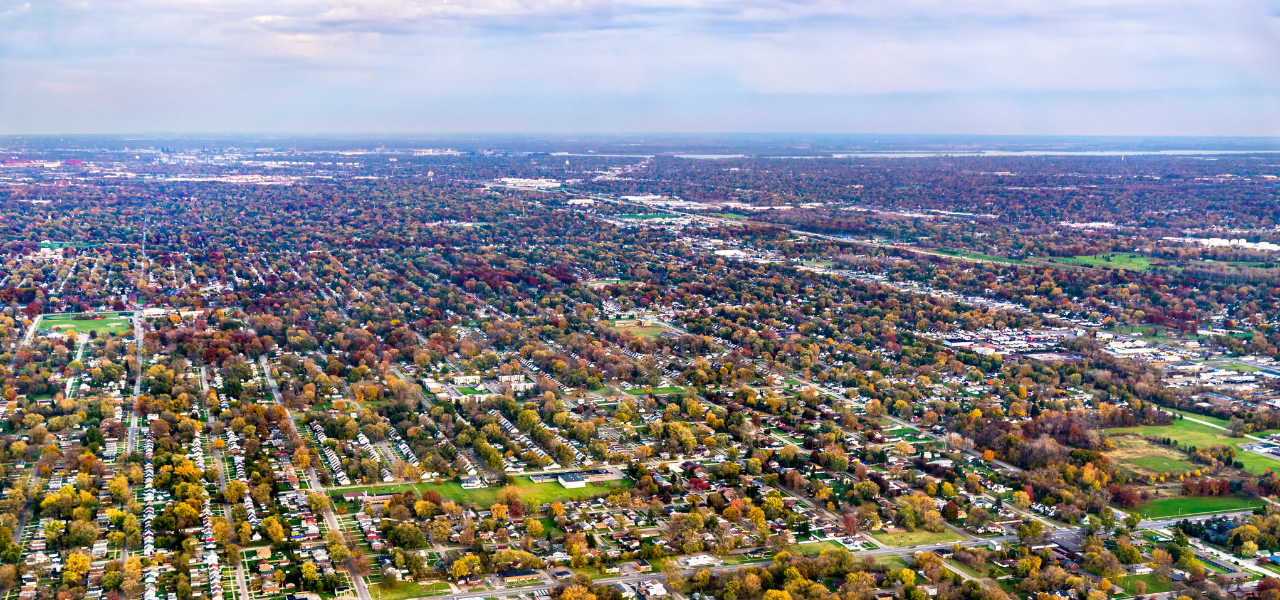
Decades of Decline: The Tides of Change
The postwar years brought suburban sprawl, deindustrialization, and the racialized policies of redlining and disinvestment. Once a beacon of hope, Parkside began to suffer from chronic underfunding, neglect, and deferred maintenance. By the early 2000s, many of its 274 original units had become uninhabitable.
Outlier Media and other local outlets documented widespread issues in recent years, including mold, roof collapses, water intrusion, and outdated systems. These conditions took a toll on the families who remained. Of the 42 original buildings, only about 125 units remain occupied today—less than half of what the site once held. Yet despite the deterioration, residents formed deep roots. Community bonds endured, even as the buildings faltered.
A Vision for the Future: The $180M Redevelopment Plan
In a bold bid to restore both infrastructure and dignity, the Detroit Housing Commission (DHC) has launched a comprehensive six-phase redevelopment of the Parkside site—now rebranded as the Villages of Parkside. With an estimated total investment of $180 million, the plan will ultimately deliver 480 newly constructed, affordable homes, effectively quadrupling the number of livable units on the site.
The first two phases, backed by a $73 million initial investment, will break ground in fall 2025. They include the construction of 214 brand-new units in the form of midrise apartment buildings and modern townhomes. The plan ensures that current residents will be the first to occupy the new units—prioritizing in-place relocation rather than displacement. Once this group transitions into their new homes, older structures will be safely demolished, paving the way for subsequent phases of construction.
Who’s Behind the Blueprint: DHC and Ginosko Development
Leading this ambitious redevelopment is the Detroit Housing Commission, Michigan’s largest public housing authority. With a portfolio of approximately 4,000 units, the DHC has repositioned itself in recent years as more than a landlord—it’s now a city-building entity with long-term vision.
Their private-sector partner is Ginosko Development Company, a Novi-based real estate firm led by CEO Amin Irving. Known for its mission-driven approach to affordable housing, Ginosko has a track record of integrating design-forward architecture with financial sustainability. Its past projects across Michigan demonstrate a commitment to elevating the standard of affordable communities—not only in aesthetics but in long-term livability.
Together, DHC and Ginosko are curating a mixed-income model for Parkside that goes beyond basic compliance. It’s about setting a new precedent for how affordable housing is delivered in legacy cities.
Financing the Future: Tax Credits and Sustainability-Driven Capital
The Villages of Parkside redevelopment is primarily fueled by Low-Income Housing Tax Credits (LIHTC)—a cornerstone tool in affordable housing finance. These federal credits, administered at the state level by the Michigan State Housing Development Authority (MSHDA), incentivize private equity investment in income-restricted housing.
Phases 1 and 2 were enabled by a 4% LIHTC allocation, while DHC expects to secure a 9% LIHTC round in early 2025 to accelerate the remaining phases. These tax credits are matched with additional resources—HUD grants, developer equity, and anticipated municipal partnerships to support infrastructure upgrades.
Beyond financial structuring, the project also aims to meet modern efficiency standards. Although specific certifications have not yet been released, early indications suggest that the buildings will incorporate energy-efficient systems, sustainable materials, and designs optimized for long-term resilience.
More Than Bricks: A Human-Centered Approach
What distinguishes the Parkside redevelopment is its commitment to inclusive planning. At every step, residents have been engaged through formal advisory councils and tenant association meetings. Joyletha Godwin, President of the Parkside Tenant Council, underscored the sentiment shared by many in the community: “This time, they’re making sure the people who live here now have a place in the future. It’s about keeping our community together.”
This commitment reflects a shift in philosophy—a move from transactional redevelopment toward participatory, values-based planning. Residents aren’t merely being accommodated; they’re being included as stakeholders in a shared future.
.png)
Detroit’s Affordable Housing Landscape: A Broader Strategy
The Parkside redevelopment is just one chapter in a larger narrative. Detroit, under Mayor Mike Duggan’s administration, is executing a multi-front housing strategy aimed at reestablishing stable neighborhoods across the city.
Among other projects advancing simultaneously is 725 Amsterdam, a $20 million initiative located in Detroit’s Tech Town. That development—part of a public-private alliance involving Henry Ford Health, Michigan State University, and the Detroit Pistons—received $1.65 million in LIHTC funding. Its 40 units will serve residents earning between 30% and 80% of the Area Median Income (AMI).
Further west, Gesu Senior Housing is being developed in partnership with MHT Housing Inc. and Gesu Parish. The project will add 36 deeply affordable units for seniors, preserving a historic parish center while adapting it for accessibility and long-term aging in place.
Together, these initiatives point to a cohesive policy framework: mixed-income living, anti-displacement mechanisms, and diversified geographic investment.
Designing for Dignity: Infrastructure, Mobility, and Green Space
Design isn’t being treated as an afterthought at Parkside. The upcoming units are expected to feature contemporary façades, durable materials, and internal layouts that reflect the needs of multigenerational families. In contrast to the uniformity of mid-century public housing, the Villages of Parkside will offer architectural variation, integrated green spaces, and improved pedestrian infrastructure.
Proximity to Chandler Park also presents an opportunity for landscape integration—creating linkages between housing and recreation. It’s a small but powerful signal that affordable neighborhoods can be both functional and beautiful.
A National Perspective: Public Housing Reimagined
Detroit is not alone in rethinking its public housing legacy. Across the country, cities like Atlanta (East Lake), Chicago (Cabrini-Green), and San Francisco (Hope SF) have embarked on bold experiments in mixed-income redevelopment. What distinguishes Parkside is its commitment to maintaining affordability while pursuing modern urban design.
Rather than selling off public land or privatizing assets outright, the DHC model seeks to retain long-term affordability via project-based vouchers, tax credit covenants, and local oversight. This nuanced approach balances public accountability with the efficiencies of private-sector development.
What’s at Stake: Lessons in Leadership and Long-Term Vision
If successful, the Villages of Parkside could become a template for cities seeking to revitalize aging public housing stock without erasing the communities within them. But execution matters. Challenges around financing gaps, construction delays, and coordination with utility and transit infrastructure will require vigilance.
More importantly, the project will be measured not just in units delivered but in lives uplifted: improvements in resident health, education, economic mobility, and overall well-being. These indicators will ultimately define whether Parkside's rebirth is a true success—or merely another architectural facelift.
For now, optimism is justified. What once stood as a symbol of a bygone era is being reimagined for a new generation. In its scale, vision, and commitment to justice, the Villages of Parkside signals something rare in American housing: a future built not only on concrete and steel, but on trust, legacy, and inclusive growth.
DON'T KEEP US A SECRET - SHARE WITH A FRIEND OR TO SOCIAL MEDIA!



